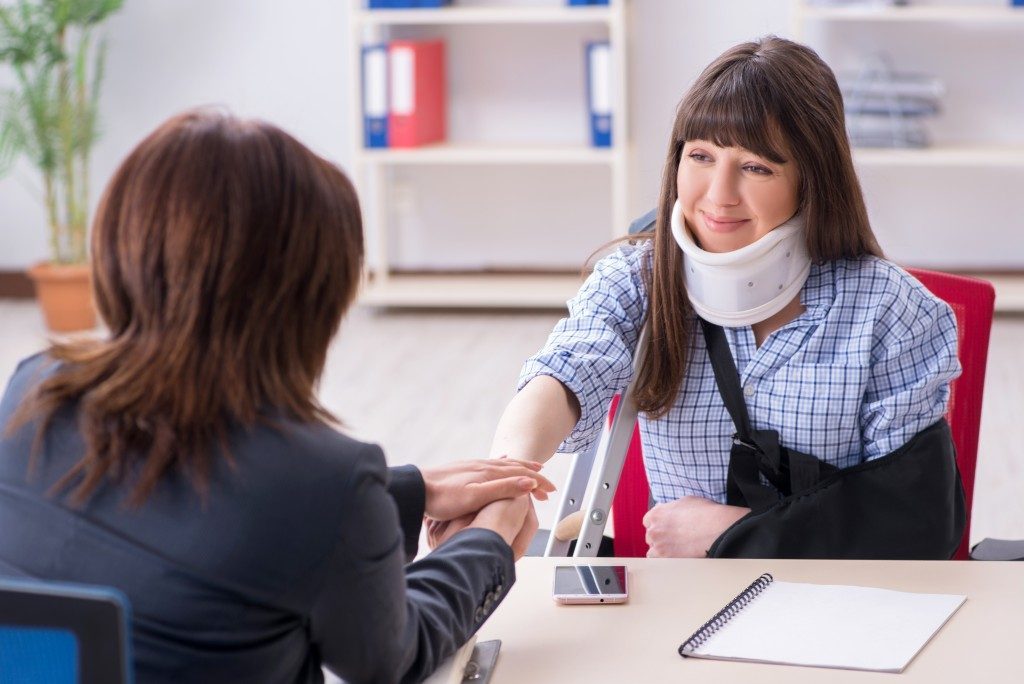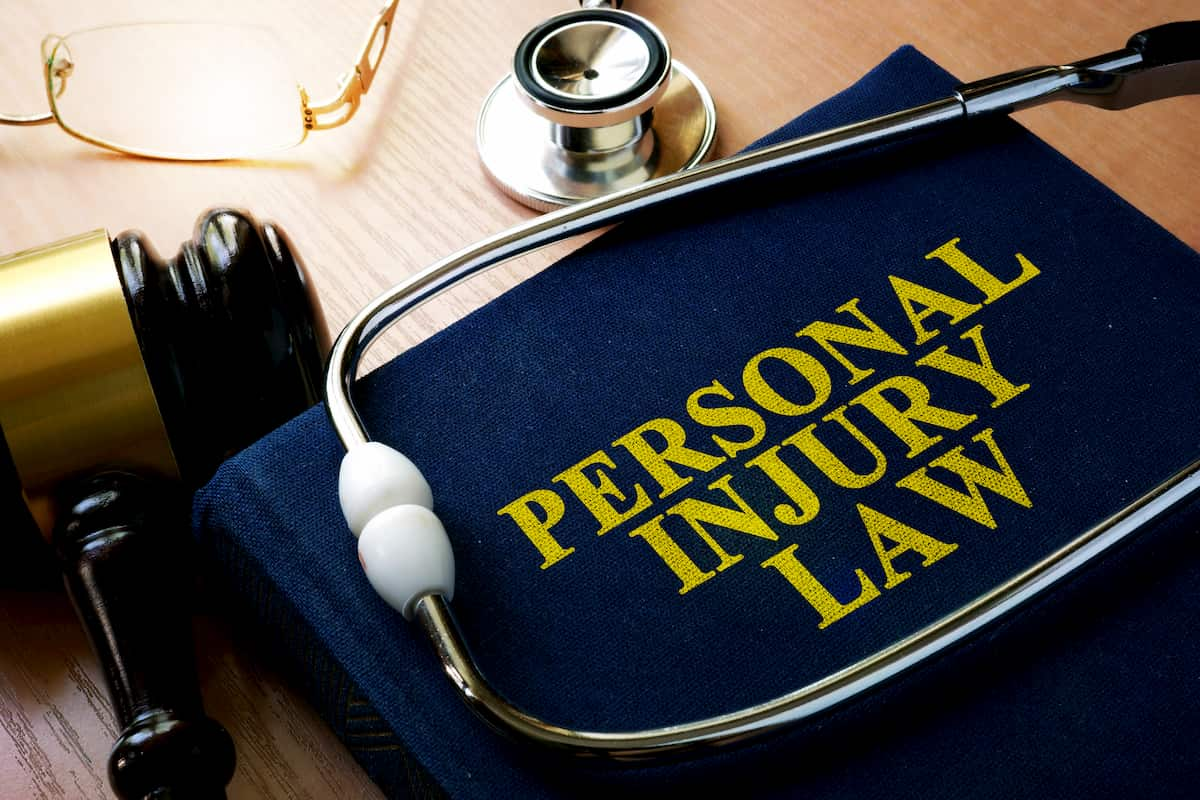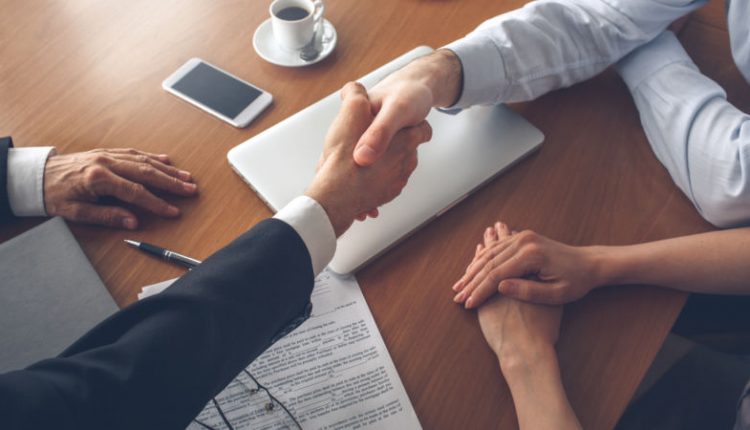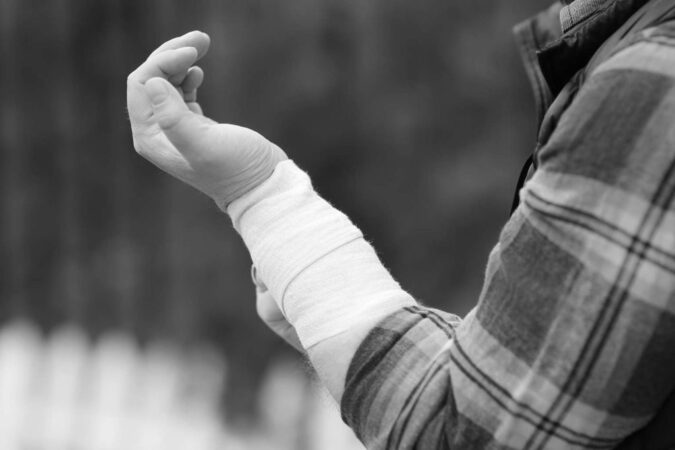
Market Research
Personal injury lawyers serve individuals who have suffered physical or emotional harm due to the negligence or wrongdoing of another party. Understanding the target audience is crucial for effective marketing strategies.
Research indicates that the typical personal injury client is:
- Between the ages of 25 and 54
- Employed full-time
- Has a household income of over $50,000
- Resides in an urban or suburban area
- Has a high school diploma or higher
Online Behavior
Potential clients often seek information online before contacting a lawyer. They use search engines, social media, and review websites to research their options.
- Google is the dominant search engine for personal injury-related queries.
- Social media platforms like Facebook and LinkedIn are effective for reaching potential clients.
- Review websites such as Yelp and Avvo provide valuable insights into lawyer credibility.
Effective Channels
To reach and engage with this audience, personal injury lawyers should focus on:
- Search engine optimization () to improve visibility in search results
- Content marketing to provide valuable information and establish expertise
- Social media marketing to build relationships and nurture leads
- Pay-per-click (PPC) advertising to target specific s and demographics
Content Marketing
Content marketing is a powerful tool that can help personal injury lawyers attract new clients. By creating valuable and informative content that appeals to potential clients, lawyers can establish themselves as thought leaders in their field and build trust with potential clients.
There are many different types of content that can be used in personal injury lawyer marketing, including blog posts, articles, videos, and infographics. Each type of content has its own advantages and disadvantages, so it is important to choose the right type of content for the target audience.
Blog Posts
Blog posts are a great way to share your knowledge and expertise with potential clients. They can be used to discuss a variety of topics, such as the latest legal developments, personal injury law tips, and stories of success.
Articles
Articles are longer than blog posts and typically go into more depth on a particular topic. They can be published in online legal journals or magazines, or they can be submitted to local newspapers or websites.
Videos
Videos are a great way to connect with potential clients on a personal level. They can be used to introduce your firm, explain complex legal concepts, or share stories of success.
Infographics
Infographics are a visual way to present information. They can be used to summarize complex legal concepts, provide statistics, or share success stories.
Tips for Optimizing Content
Once you have created your content, it is important to optimize it for search engines and social media. This will help your content reach a wider audience.
Here are a few tips for optimizing your content:
- Use relevant s throughout your content.
- Create catchy headlines and titles.
- Use images and videos to break up your text.
- Promote your content on social media.
Social Media Marketing
In today’s digital age, social media has become an indispensable tool for personal injury lawyers. With its vast reach and ability to foster connections, social media platforms offer a unique opportunity to connect with potential clients and build lasting relationships.
Social media allows lawyers to showcase their expertise, share valuable content, and engage with potential clients in a personal and relatable way. By establishing a strong social media presence, lawyers can build trust, credibility, and increase their visibility among those in need of legal assistance.
Best Practices for Social Media Use
Effective social media marketing for personal injury lawyers involves a combination of organic content sharing, social media advertising, and targeted engagement.
– Organic Content Sharing: Share informative and engaging content that provides value to potential clients. This includes articles, blog posts, videos, and infographics that address common legal issues, provide practical advice, and demonstrate the firm’s expertise.
– Social Media Advertising: Utilize paid advertising campaigns to reach a wider audience and target specific demographics. Use targeted ads to promote your services, share case studies, and generate leads.
– Targeted Engagement: Actively engage with potential clients on social media. Respond to comments and messages promptly, answer questions, and provide support. Building relationships and fostering trust is key to converting followers into clients.
Search Engine Optimization ()

plays a crucial role in boosting organic website traffic for personal injury lawyers. By optimizing their website and content, lawyers can increase their visibility in search engine results pages (SERPs) and attract potential clients.
involves both on-page and off-page techniques. On-page focuses on optimizing website elements like content, structure, and technical aspects to improve search engine rankings. Off-page involves building backlinks and engaging in other activities to enhance the website’s authority and credibility in the eyes of search engines.
On-Page Techniques
– research: Identifying relevant s that potential clients use in their search queries.
– Content optimization: Creating high-quality, informative content that targets specific s.
– Website structure: Ensuring a clear and user-friendly website structure with proper navigation and internal linking.
– Technical optimization: Optimizing page loading speed, mobile responsiveness, and other technical factors.
Off-Page Techniques
– Link building: Acquiring backlinks from reputable websites to improve the website’s authority and credibility.
– Social media engagement: Promoting website content and engaging with potential clients on social media platforms.
– Local : Optimizing the website for local search results to target clients in a specific geographic area.
Tracking and Measuring Results
Tracking and measuring results is essential to evaluate the effectiveness of efforts. Google Analytics and other tools provide insights into website traffic, rankings, and other metrics that help lawyers understand how their strategies are performing.
By implementing these techniques, personal injury lawyers can significantly improve their online presence, attract more organic traffic, and generate more leads and conversions.
Paid Advertising
Paid advertising is a powerful tool that can help personal injury lawyers reach potential clients who are actively searching for legal representation. There are several types of paid advertising that can be effective for personal injury lawyers, including:
- Google AdWords: Google AdWords is a pay-per-click (PPC) advertising platform that allows lawyers to place ads on Google search results pages. These ads are targeted to people who are searching for s related to personal injury, such as “car accident lawyer” or “slip and fall attorney.”
- Facebook Ads: Facebook Ads is a PPC advertising platform that allows lawyers to place ads on Facebook. These ads can be targeted to people based on their demographics, interests, and behavior. Facebook Ads can be an effective way to reach potential clients who are active on Facebook and who may be interested in learning more about personal injury law.
- LinkedIn Ads: LinkedIn Ads is a PPC advertising platform that allows lawyers to place ads on LinkedIn. These ads can be targeted to people based on their job title, industry, and company size. LinkedIn Ads can be an effective way to reach potential clients who are professionals and who may be interested in learning more about personal injury law.
When creating paid advertising campaigns, it is important to keep the following best practices in mind:
- Use relevant s: When creating your ads, be sure to use s that are relevant to the services you offer. This will help your ads appear in front of people who are searching for information about personal injury law.
- Write compelling ad copy: Your ad copy should be clear, concise, and persuasive. It should highlight the benefits of your services and encourage people to click on your ad.
- Target your audience: When creating your ads, be sure to target your audience carefully. This will help you ensure that your ads are seen by people who are most likely to be interested in your services.
- Track your results: It is important to track the results of your paid advertising campaigns so that you can see what is working and what is not. This will help you improve your campaigns over time.
By following these best practices, you can create effective paid advertising campaigns that will help you reach more potential clients and grow your personal injury law practice.
Email Marketing
Email marketing is a powerful tool that can be used by personal injury lawyers to nurture relationships with potential clients. By sending out regular emails, lawyers can stay top-of-mind with potential clients and build trust.
There are many different types of email campaigns that can be used by personal injury lawyers, including:
- Welcome emails: These emails are sent to new subscribers and should introduce the lawyer and their practice.
- Newsletters: Newsletters are a great way to keep potential clients updated on the latest news and developments in the law.
- Promotional emails: These emails can be used to promote special offers or discounts.
To create effective email marketing campaigns, personal injury lawyers should:
- Use a clear and concise subject line.
- Personalize the email content.
- Include a call to action.
Public Relations

Public relations (PR) is crucial for personal injury lawyers as it helps them build a positive reputation, enhance visibility, and attract potential clients. By crafting compelling narratives and leveraging media channels, PR professionals can effectively communicate the firm’s expertise, compassion, and commitment to justice.
Tips for Media Coverage
– Develop a compelling case: Focus on cases with unique or newsworthy elements, such as significant injuries, complex legal issues, or notable defendants.
– Build relationships with journalists: Attend industry events, offer expert insights, and provide helpful resources to cultivate relationships with reporters.
– Create newsworthy content: Issue press releases, write articles, and conduct interviews to generate media interest in the firm’s expertise and successes.
– Utilize social media: Share relevant news, updates, and case studies on social media platforms to engage with potential clients and demonstrate the firm’s thought leadership.
Networking
Networking is crucial for personal injury lawyers as it provides opportunities to connect with potential clients, referral sources, and other professionals in the legal community. By building strong relationships, lawyers can expand their reach, generate leads, and enhance their reputation.
Attending Industry Events
Conferences, seminars, and workshops offer valuable platforms for networking. Attending these events allows lawyers to meet with potential clients who may have recently suffered injuries, as well as other attorneys, insurance adjusters, and medical professionals who can serve as referral sources.
Joining Professional Organizations
Professional organizations such as the American Bar Association and local bar associations provide opportunities to connect with fellow attorneys and stay abreast of industry developments. Participating in committees, volunteering for events, and attending social gatherings can help lawyers build relationships within the legal community.
Referrals and Cross-Referrals
Establishing referral relationships with other professionals, such as doctors, chiropractors, and financial advisors, can generate a steady stream of potential clients. By providing excellent service to clients referred by other professionals, lawyers can foster mutually beneficial relationships.
Community Involvement
Participating in community events, such as charity runs or local festivals, allows lawyers to connect with potential clients on a more personal level. By demonstrating their commitment to the community, lawyers can build trust and credibility, making them more likely to be considered when someone needs legal representation.
Online Networking
Social media platforms such as LinkedIn and Twitter can be effective tools for networking. By sharing relevant content, joining industry groups, and connecting with potential clients and referral sources, lawyers can expand their online presence and generate leads.
Measurement and Analytics

Tracking and measuring marketing results are crucial for personal injury lawyers to gauge the effectiveness of their campaigns and make data-driven decisions. Key metrics to track include website traffic, lead generation, conversion rates, and client acquisition costs.
Data-Driven Improvements
Analyzing data allows lawyers to identify areas for improvement, such as optimizing website content, refining targeting strategies, and adjusting campaign budgets. By monitoring results, they can continuously refine their marketing efforts to maximize ROI.




